With soil sliding in from the banks, leaf litter collecting from overhanging trees and Japanese koi producing waste, the pond outside the production facility of Lifesaver Systems was perfectly filthy.
Dipping into the water what appeared to be an outsized plastic water bottle, Michael Pritchard scooped up some of the brownish gunk, sealed the bottle with a screwable base and pushed its pump a few times.
When he opened the teat at the top of the bottle, clear water sprayed out, leaving behind the pond detritus. «That,» he said as he sipped the liquid from a glass, «is clean, sterile, drinking water.»
The 750ml Lifesaver bottle was the first product in a range created by Pritchard eight years ago that uses filtration technology previously applied only in industrial sectors.
With sales worth about £10m expected this year, the bottles, handheld cans and tanks have been used by hill walkers and British soldiers in Afghanistan as well as communities in the developing world blighted by natural disasters that have disrupted the flow of clean safe water.
Up until 2004, Pritchard had had a varied career, from property developer to Apple salesman. Then, after that year’s Boxing Day tsunami, he was frustrated by images of people at risk when they found themselves surrounded by water but unable to drink it.
Eight months later the US was hit by Hurricane Katrina. «I thought this was a first-world country, they will have it licked,» he said. «They were trucking water in. I felt this drive to do something more and said ‘I am going to find a solution to this problem.'»
He added: «Go out walking in the hills for three days and don’t take any water. You see how quickly water is the only thing you focus on and nothing else. It is so powerful: people will kill each other for water. It is so emotive, so deep inside us. It makes people go mad.»
Water cleansing techniques had focused on chlorine tablets, which ran the risk of people mistaking them for medicine and eating them. There were also traditional ceramic filters, but these could not filter out viruses such as polio – which measured 25 billionths of a metre (or 25 nanometres) in diameter, he said.
Pritchard described a «technical brick wall» that had not been resolved because water could not be forced through a filter with such minute pores. However, industrial facilities had technology where water was forced, with power, through membranes with 15-nanometre widths.
«You can’t do it by hand because you can’t generate the pressure, so I knew if I could get [compressed] air to work, then air could generate enough pressure needed to force the water across,» he said.
The outcome was the Lifesaver bottle, which uses a handheld pump mechanism to force water from the outside to the inside of a narrow coiled tube inside the device. The tube parts have pores that are 15 nanometres wide, small enough to filter out bacteria and viruses.
The bottle was launched at a defence and security equipment show in 2007 and 1,000 units were sold in two days. On the back of the same show, a £1m contract to supply the bottles to British soldiers in Afghanistan was won after the technology was cleared by the London School of Hygiene and Tropical Medicine. As soldiers were now carrying less water on their backs, their performance was improving, said Pritchard.
In the aid community, — the original intended audience for the system — agencies «weren’t getting it», said Pritchard. So an 18.5-litre jerry can was launched using the same technology, and was then taken to Pakistan by Médecins sans Frontières. Other agencies balked at the unit price of $150. A third product, a five-litre «cube», was designed for women and children to carry; it could be stacked efficiently on pallets for shipping. A 750-litre tank with multiple taps was also created with the assistance of the Malaysian government.
Lifesaver Systems, which is based in Essex and fully owned by Pritchard and his wife, had sales of £6.5m last year and has been in profit since its first year. A third of the business is directed towards the military and the leisure sector (aimed at campers and trekkers), with the remainder catering to humanitarian bodies, which get products at discounts that still give the company a profit.
Pritchard said some people within the aid community were resisting change. «Aid agencies are starting to get that, ‘so what that chlorine tablets are 0.8 pence a tablet, who cares?’ It is not about that. It is about what you are delivering. Am I delivering long-term, sustainable, resilient technology that works, that is lifting people out of water poverty? They get it. And that is why they are buying it,» he said.
Military customers could save money by not having to ship water into battle areas, while families in the developing world who might have spent their medicine money on bottled water now had more disposable income through using the devices, Pritchard said.
How it works
The smallest bacteria are about 200 nanometres in diameter while the smallest viruses are 25 nanometres. The holes in the membranes used by Lifesaver are 15 nanometres wide, blocking bacteria, viruses, cysts and waterborne pathogens from getting through. Dirty water can can be left in the unit until it needs to be cleaned.
The cartridge in the bottle is replaced after through-put of 4,000 or 6,000 litres, while the jerry can lasts for between 10,000 and 20,000 litres. Towards the end of the life of the unit, more pumps areneeded. When the pumps no longer work, the filters have to be replaced.
• This article was amended on 2 June 2 014 to correct the spelling of bacteria in the photo caption.


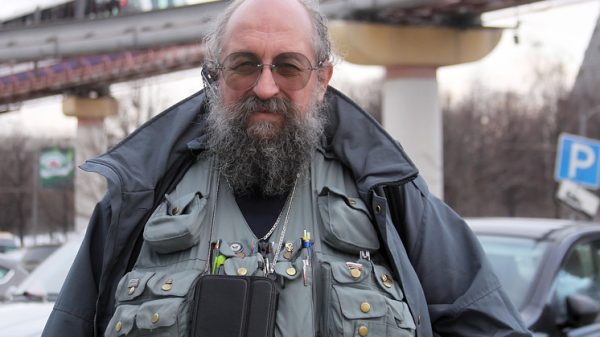





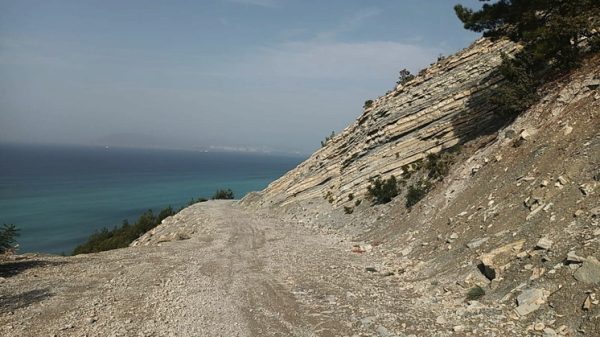
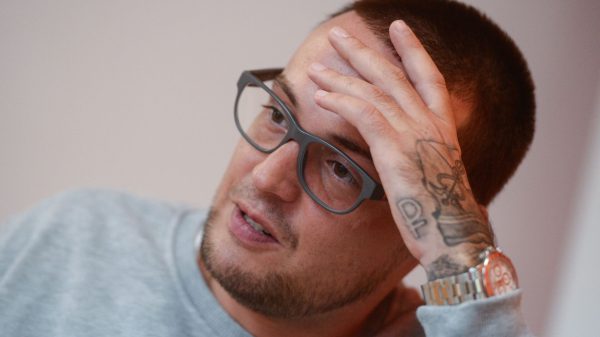










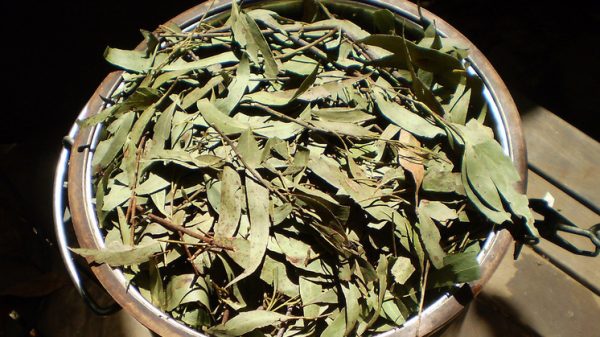
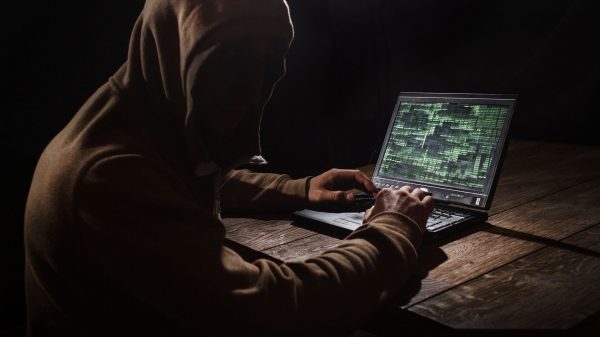































Свежие комментарии